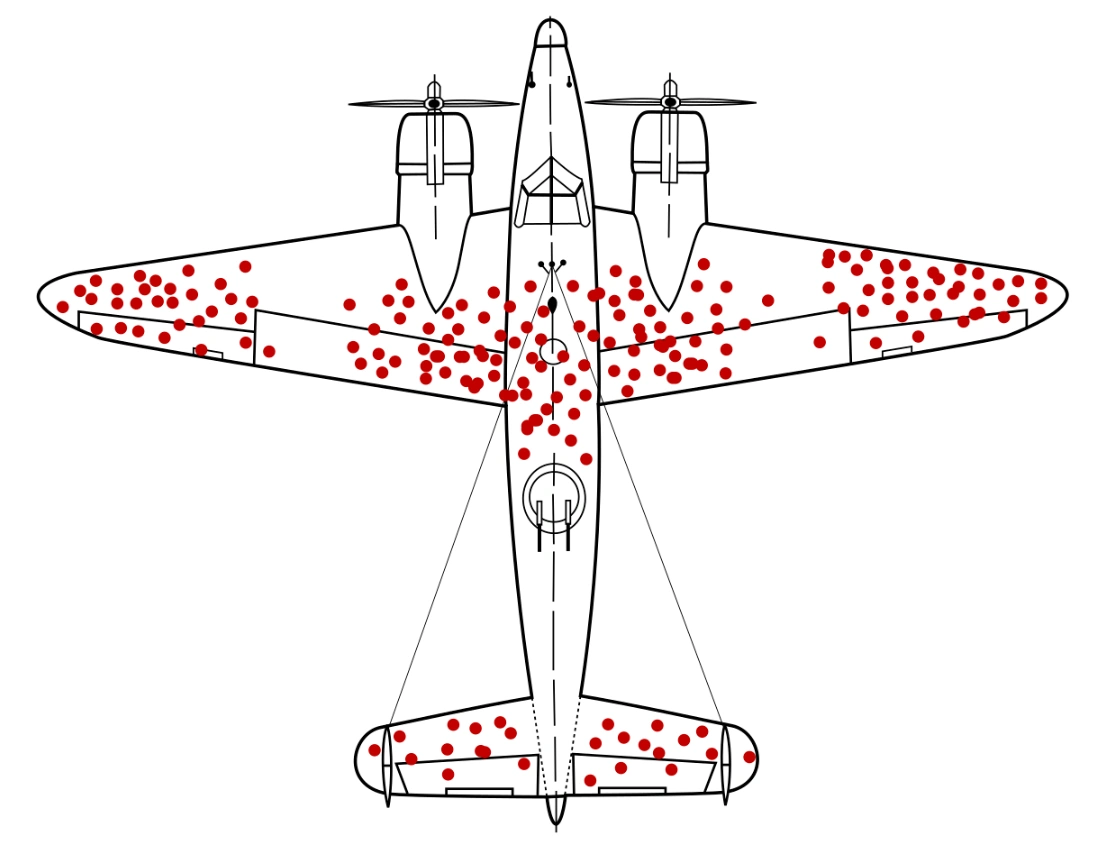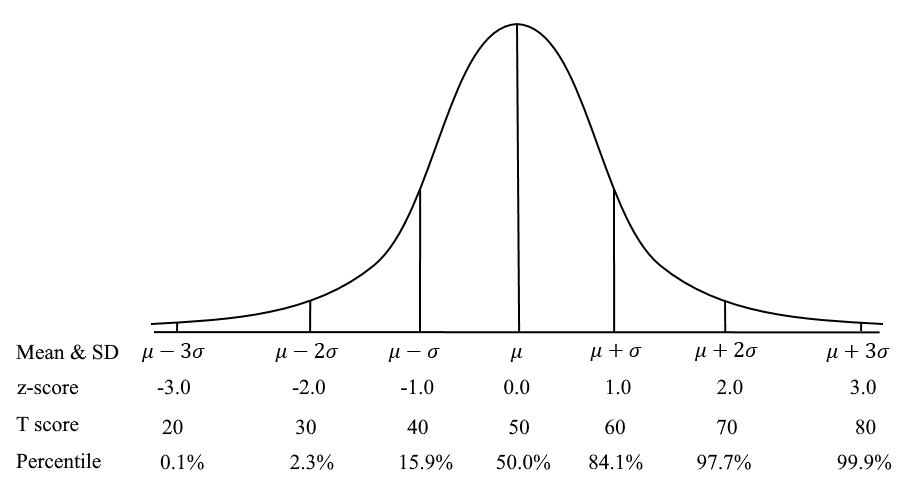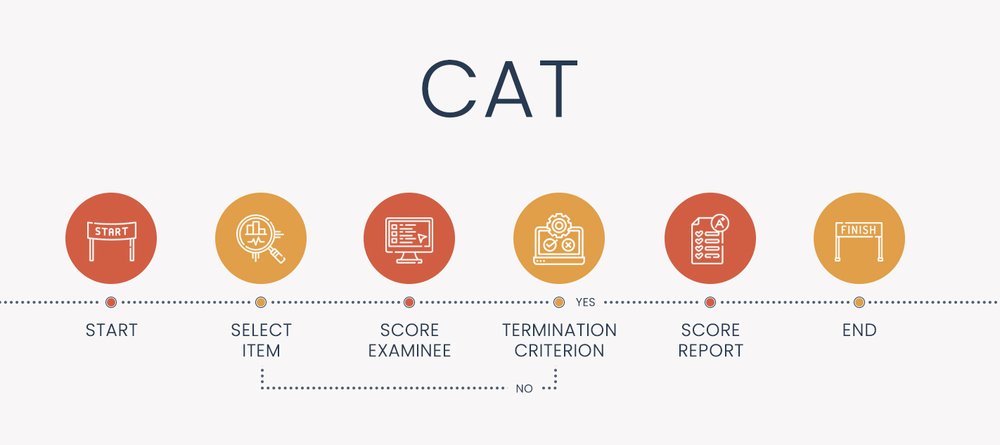Nathan Thompson articles

Certification Management System: Streamline Candidate Credentialing
A Certification Management System (CMS) or Credential Management System plays a pivotal role in streamlining the key processes surrounding the certification or credentialing of people, namely that they have certain knowledge or skills in a

What is Psychometrics? Improve your tests with data science.
Psychometrics is the science of educational and psychological assessment, using data to ensure that tests are fair and accurate. Ever felt like you took a test which was unfair, too hard, didn’t cover the right

Computerized Classification Testing: SPRT, GLRT, and Abraham Wald
Computerized classification testing (CCT) refers to tests or assessments that are delivered to people, obviously via computer, for the purpose of classifying them into groups. Unlike traditional testing, which aims to estimate a student’s ability

What is a Microcredential? How are they modernizing workforce development?
Microcredentials are short, focused, and targeted educational or assessment-based certificate programs that offer learners a way to acquire specific skills or knowledge in a particular field. In today’s fast-paced and rapidly evolving job market, traditional

Testing and Certification Platform: The Foundation for Credentialing
A testing and certification platform provides an efficient, scalable, and secure solution for managing the development of credentialing exams, delivering them securely, and automating the management of business aspects. It helps to ensure competency of

Norm-Referenced vs. Criterion-Referenced Testing: Definition and Interpretation
The two terms Norm-Referenced and Criterion-Referenced are commonly used to describe tests, exams, and assessments. They are often some of the first concepts learned when studying assessment and psychometrics. Norm-referenced means that we are referencing how

Proxy Test Takers: What are they, and how do we prevent them?
Proxy test takers are someone who takes a test on behalf of someone else, with the goal of doing better than the original examinee. This is a critical threat to test security, integrity, and validity.

The Story of the Three Standard Errors
One of my graduate school mentors once said in class that there are three standard errors that everyone in the assessment or I/O Psychology field needs to know: the standard error of the mean, the

Computerized Adaptive Testing (CAT): Introduction, Examples, Software
Computerized adaptive testing is an AI-based approach to assessment that dynamically personalizes the assessment based on your answers – making the test shorter, more accurate, more secure, more engaging, and fairer. If you do well,

¿Qué son los Modelos de Diagnóstico Cognitivo?
¿Qué son los Modelos de Diagnóstico Cognitivo? Los modelos de diagnóstico cognitivo (CDMs, por sus siglas en inglés) son un marco psicométrico diseñado para mejorar la estructura y la puntuación de los exámenes. En lugar

¿Qué Debería Estar Haciendo la Psicometría?
El Objetivo: Evaluación de Calidad El 31 de marzo de 2017, leí un artículo en The Industrial-Organizational Psychologist (la revista publicada por la Society for Industrial Organizational Psychology) que realmente resonó conmigo: ¿Ha Perdido el

Límites de Tiempo en Evaluaciones
Los límites de tiempo son un parámetro esencial en prácticamente todos los tipos de evaluación. Un límite de tiempo es la duración asignada a los individuos para completar su evaluación o una parte definida de

What are Cognitive Diagnostic Models?
What Are Cognitive Diagnostic Models? Cognitive diagnostic models (CDMs) are a psychometric framework designed to enhance how tests are structured and scored. Instead of providing just an overall test score, CDMs aim to generate a

What Should Psychometrics Be Doing?
The Goal: Quality Assessment On March 31, 2017, I read an article in The Industrial-Organizational Psychologist (the journal published by the Society for Industrial Organizational Psychology) that really resonated with me: Has Industrial-Organizational Psychology Lost

¿Qué es KSAO y cómo impacta en la evaluación?
¿Qué es un KSAO? Los KSAOs (Conocimientos, Habilidades, Capacidades y Otras Características) son una forma de definir los atributos humanos necesarios para tener éxito en un trabajo. Son esenciales en Recursos Humanos y Desarrollo Organizacional,

¿Qué es una rúbrica?
¿Qué es una rúbrica? Una rúbrica es un conjunto de reglas que convierte respuestas no estructuradas en evaluaciones (como ensayos) en datos estructurados que pueden ser analizados psicométricamente. Ayuda a los educadores a evaluar trabajos

What is a rubric?
What is a Rubric? A rubric is a set of rules for converting unstructured responses on assessments—such as essays—into structured data that can be analyzed psychometrically. It helps educators evaluate qualitative work consistently and fairly.

SIFT: Una Nueva Herramienta para la Detección de Fraude en Pruebas
Introducción El fraude en pruebas es un fenómeno extremadamente común. Todos hemos visto artículos sobre trampas en exámenes. Sin embargo, existen muy pocas herramientas defendibles para ayudar a detectarlo. Una vez vi un seminario web
